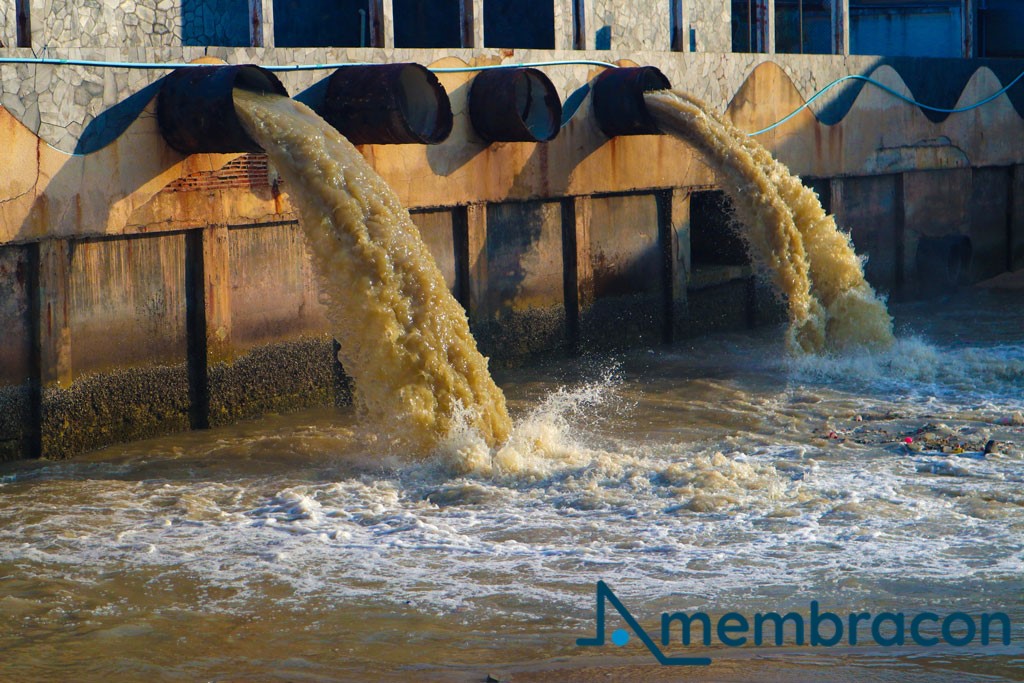Essential Action In Municipal Waste Water Treatment Plants
Essential Action In Municipal Waste Water Treatment Plants
Blog Article
Strategic Approaches to Boost Drainage Therapy Effectiveness and Minimize Environmental Influence
In the world of waste water treatment, the mission for enhanced efficiency and decreased environmental impact is a continuous obstacle that demands tactical services. As culture faces the important to take care of water sources sustainably, a nuanced strategy becomes crucial. The combination of innovative treatment modern technologies, energy-efficient procedures, resource healing techniques, improved nutrient elimination techniques, and smart tracking and control systems stands for a multifaceted structure for resolving these pushing worries. What lies at the core of this complicated internet of methods is the potential to change the means we come close to waste water therapy, not just as a procedure of disposal, however as a useful opportunity for advancement and environmental stewardship.
Advanced Treatment Technologies
Advanced membrane layer purification systems have actually reinvented sophisticated wastewater treatment procedures, dramatically boosting the elimination of impurities. These ingenious systems work by forcing water through a semi-permeable membrane, efficiently dividing contaminations from the water stream. The membrane's tiny pores trap toxins such as microorganisms, viruses, and put on hold solids, permitting just cleansed water to pass through. This modern technology has actually confirmed to be extremely effective in eliminating a large range of pollutants, consisting of drugs, hefty steels, and organic compounds, which are frequently challenging to eliminate through typical therapy techniques.
Additionally, membrane filtration systems provide many benefits over standard therapy methods. In addition, these systems are extremely versatile and can be quickly integrated right into existing treatment plants or used as standalone devices for decentralized applications.
Energy-Efficient Processes
The assimilation of energy-efficient procedures in wastewater treatment systems is crucial for enhancing resource use and reducing functional expenses. One key strategy to improving power performance in wastewater therapy is the use of sophisticated oygenation systems, such as fine bubble diffusers or surface area aerators, which can improve oxygen transfer efficiency and minimize power consumption.
Moreover, enhancing procedure control and automation through using sophisticated sensing units and keeping an eye on systems can boost general power efficiency by adjusting procedures in real-time based upon real demand and problems. Carrying out power audits and frequently keeping an eye on power performance indications are crucial techniques to determine locations for improvement and track energy-saving initiatives properly. Generally, the adoption of energy-efficient procedures in wastewater treatment not just profits the atmosphere however also adds to lasting expense savings and operational sustainability.
Resource Recovery Techniques
With a concentrate on maximizing resource usage and sustainability in wastewater therapy systems, the execution of resource recovery methods becomes a crucial element in boosting functional effectiveness. Resource recuperation techniques in wastewater therapy entail the recognition and extraction of beneficial resources from the waste stream, thereby turning what was as soon as taken into consideration waste into a useful asset. By executing resource recovery strategies such as nutrient elimination and recuperation, power generation from raw material, and the production try this out of reusable water, wastewater therapy plants can lessen ecological impact while taking full advantage of efficiency.

Improved Nutrient Elimination Methods
Executing advanced nutrient elimination techniques is important for maximizing the effectiveness of wastewater therapy systems. Enhanced nutrient elimination plays a crucial function in reducing the environmental effect of treated effluent released into water bodies. One of the vital techniques made use of for boosted nutrient removal is the process of organic nutrient removal (BNR), which includes the removal of nitrogen and phosphorus with organic processes. This can be attained via the use of specialized bacteria that can convert nitrogen substances into inert nitrogen gas through denitrification, and collect phosphorus within their cells through a procedure called boosted biological phosphorus removal (EBPR)

In addition to BNR, progressed therapy methods such as membrane bioreactors (MBRs) and constructed marshes can likewise be used to boost nutrient removal effectiveness. MBRs utilize membranes to accomplish high-grade effluent requirements by effectively removing nutrients and put on hold solids. Created wetlands imitate all-natural marsh processes to get rid of nutrients through plant uptake, microbial task, and sedimentation. By including these sophisticated nutrient elimination techniques right into wastewater treatment industries, systems and communities can properly decrease nutrient air pollution and secure the setting.
Smart Monitoring and Control Systems
Utilizing innovative technology, the combination of smart tracking and control systems revolutionizes the functional performance of wastewater treatment facilities. These systems incorporate sophisticated sensors and data analytics to constantly monitor great post to read key specifications such as pH degrees, turbidity, dissolved oxygen, and flow prices in real-time. By accumulating and assessing this data, drivers can get useful insights into the performance of the treatment processes, enabling proactive changes to optimize therapy effectiveness.
Smart tracking and control systems likewise support remote surveillance abilities, enabling drivers to gain access to real-time data and control functions from off-site places. This remote access boosts functional adaptability and responsiveness, making it possible for swift interventions in instance of system malfunctions or fluctuations in influent top quality. In addition, the predictive maintenance capacities of these systems aid protect against equipment failings and decrease downtime, inevitably boosting the overall integrity of wastewater therapy operations (Waste Water Treatment).
Conclusion
To conclude, critical strategies such as sophisticated therapy technologies, energy-efficient procedures, resource recovery strategies, enhanced more information nutrient elimination methods, and clever monitoring and control systems play an important function in enhancing wastewater therapy performance and decreasing environmental influence. By executing these methods, wastewater therapy plants can improve their total performance, lower power usage, recoup important sources, and make certain compliance with environmental guidelines. These methods are important for lasting and efficient wastewater administration practices.

In final thought, calculated approaches such as advanced treatment innovations, energy-efficient procedures, source recuperation techniques, improved nutrient removal strategies, and clever surveillance and control systems play a vital role in enhancing wastewater treatment efficiency and decreasing ecological impact.
Report this page